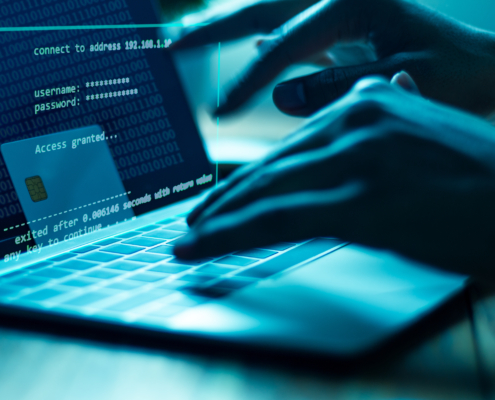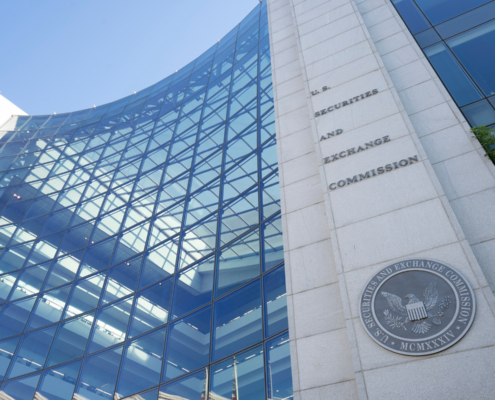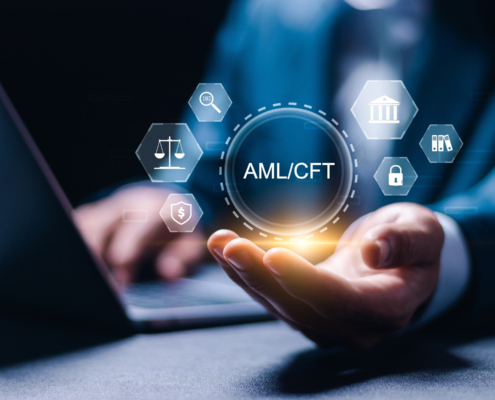
Deepfake Deep Dive
Artificial intelligence (AI) can increase the volume, value, and effectiveness of fraud attacks such as CEO fraud. Financial institutions should take action to protect themselves – and their customers.

From Outdated to Aligned
Modern compliance risks require modern training. Discover how forward-thinking institutions are reshaping their programs to stay ahead of fast-evolving threats.

Training for the Wrong Risk
Many teams are completing training—but on outdated risks. This article explores how misaligned training leaves organizations exposed, and what leaders can do to close the gap.

A Necessary Shift in Mindset
In this article, we explore how financial institutions can transform training from a cost center into a strategic tool for managing risk, strengthening culture, and staying ahead of regulators.

Canada’s Strong Borders Act
Canada’s Strong Borders Act represents a sweeping overhaul of the country’s AML/CFT regime. The legislation introduces tougher penalties, expanded oversight, and stricter compliance and enforcement expectations.

From Fraud to Flow
Fraud is often the entry point into a complex web of financial crime from money laundering to terrorism financing. Understanding this gateway role is essential for those defending the integrity of the global financial system.

Optimizing Effectiveness
In this article, we explore what effective training really looks like—customized, engaging, and aligned with today’s regulatory environment.

Why Compliance Training Still Fails
Even with mandatory training, financial institutions continue to face major compliance failures. This article unpacks the risks of a “check-the-box” culture—and why outdated, generic programs aren’t enough to keep your organization compliant.

Recent IAR Enforcement Actions
Recent SEC enforcement actions against IARs highlight critical compliance failures, including unregistered brokerage activities, misleading marketing practices, undisclosed conflicts of interest, and inadequate compliance policies.

Sweeping AML Requirements for RIAs and ERAs
FINCEN issued a final rule with new AML requirements for investment advisers. With the January 1, 2026 deadline approaching, RIA and ERA firms must begin building and implementing their compliance programs as soon as possible.
